The traditional workspace is now a distant, romanticized, memory to us. We find ourselves longing for the things that we used to roll our eyes at. The weak coffee that Debra makes is remembered as a brew immaculate enough to serve to kings and the desk induced frost bite was nothing more than a brisk breeze of fresh office air. As it approaches almost a year since the initial stay at home order and we run out of space to etch tallies in our at-home desk setups, California’s restrictions begin to lift again. However, we won’t be returning to the same spaces we so distantly recall. We can expect that the office will forever change as a result of COVID-19.
Despite our opposition, the last year has proved that individual tasks have the potential to continue in a remote setting, but that doesn’t negate a company’s need for a space that nurtures collaboration. “Collaboration is one of the things that suffered the most during lockdown,” says San Diego design expert, Viveca Bissonnette, Co-Founder & Principle of Hollander Design Group, “innovation is born from spontaneous collaboration.” We agree. An environment that embraces interaction is crucial for success and as we look to the future of office space design, we will have to “re-imagine” what our spaces look like, “by creating healthy and safe ways to meet in person.”
Much like American’s prepare for a 100-year flood by raising homes or purchasing insurance, we anticipate an increased consideration for infection immunity to be incorporated into the office environment from here on out to prepare for the next possible health emergency. While health and safety design isn’t an entirely new concept, especially in California, there must be a visible dedication to protection to maintain the trust between superiors and employee. Addressing the need for the sense of well-being is imperative to productivity, reported by NPR’s Emily Vaughn. It’s our physiological response to fixate on survival, so if an employee feels that their safety could be in jeopardy, their ability to contribute and perform is limited.
Bissonnette concludes a similar perspective; “our hyper-awareness of our environment and the people in close proximity to us will continue to be part of our collective psyche. Staff will expect and need to trust that their employers are focused on making sure the work environment is safe,” and as a result, believes that office design will absolutely retain a focus on human health, long after herd immunity to COVID-19.
While we’ve grown accustom to seeing things like sneeze guards, floor spacing and walking direction guides, what other, more permanent, changes do we expect to see in our workspaces? For those of us wanting to return to our pre-pandemic offices and conserve finances, there are smaller things we can do to help accommodate our new normal that don’t require a build-out. There are simple and easily adaptable precautions, such as: increasing the antibacterial dispensers around the office, encouraging the use of personal devices over shared ones, separating desks, running exhaust fans full time, or propping doors open, to increase airflow. Taking it to the next level, Hollander Design Group suggests mounted UV lights be installed near return air grilles to sterilize return air before recirculating. We could also replace the filters in existing air filtration systems to MERV 14-15 filters, which resemble those of N95 masks according to Hollander.
Those that are looking past small-scale fixes and looking for solutions in a build-out, should consider features that elevate air purification. A biophilic design is one that increases an employee’s contact with the outside world, and this is the direction that a lot of designs will be headed. Since few office windows have the ability to be opened, for energy efficiency reasons, this isn’t easy without major construction. The experts at Hollander aim to increase fresh air from 15-20% to 30%. They also plan to segregate return air zones in an attempt to prevent cross contamination, where ducted return air would be preferable over plenum return air. Additionally, creating separate meeting areas in designated zones will limit cross-contamination. They plan to route air over meeting tables and gathering spaces and return contaminated air near the floor, as well.
The overall standard for air delivery systems will adjust to accommodate updated health and safety goals. Hollander even predicts that codes will eventually evolve to include some of these features that they now consider “good design” and will incorporate going forward, despite the increased construction costs. Considering the variety of ways we can improve health and safety, Bissonnette suggests tenants and building owners looking to revamp their spaces should prioritize spending their money on creating more outdoor workspaces and upgrading their HVAC systems.
As eager as we may be to return to our dual monitors and quiet, child-free offices, our newfound requirement for defense against infection in a post-pandemic world must be addressed. Luckily, with the promising tenant market that we expect to observe in the office sector, companies seeking new spaces have a good chance of negotiating for the expenses of these build outs. Because of this, it is with confidence that we say that the office is not disappearing, it’s simply evolving.















